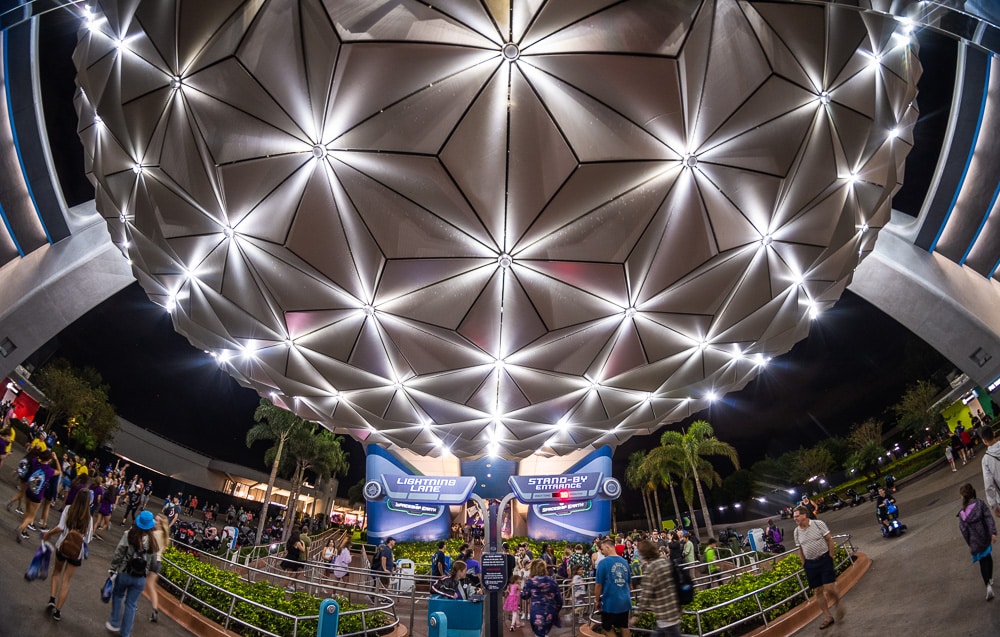
The relaunch of Disability Access Service at Walt Disney World started rolling out last week, bringing with it a more stringent process to qualify for DAS. As a result, there have been widespread reports of guests who previously had the pass being denied and advised to use alternative accommodations, some of which are new (or revised and being advertised more prominently).
We’ve been following this saga closely, receiving reports from readers and reading accounts of other guests applying for accommodations after the overhaul of the Disability Access Service at Walt Disney World. Obviously, it’s a highly sensitive subject that is very, very personal since it is, quite literally, make or break for some guests trying to experience Walt Disney World. (Something we hope you’ll keep in mind before leaving a crass comment.)
If this is the first you’re hearing of the changes and are wondering why Disney is once again redoing DAS at Walt Disney World and Disneyland, it’s due in large part to abuse, misuse, and proliferation of the program’s use. That article covers a lot of ground about the specifics of the new-look Disability Access Service, plus our commentary about winners & losers, as well as collateral damage and more.
According to Walt Disney World, “DAS is intended to accommodate a small percentage of guests who, due to a developmental disability like autism or similar, are unable to wait in a conventional queue for an extended period of time.” This line (or a variation thereof) can be found repeatedly throughout Walt Disney World’s new DAS resources. From that, it is clear that they’re trying to recalibrate expectations about the intended recipients of DAS.
Walt Disney World has publicly stated that DAS usage has tripled since 2019. Independent of that and prior to it, we received credible reports that the majority of Lightning Lane usage is actually not Genie+ guests, but rather, DAS. Just to put that into perspective for people who might be inclined to believe that DAS is still a low number in the grand scheme of things or relative to Lightning Lanes as a whole. It’s not.
Of course, it’s fair to point out that Disney has exacerbated abuse and misuse by eliminating free FastPass+ and replacing it with paid Lightning Lanes. This new system and each subsequent price increase thereof created a perverse incentive for cheating the system. At the same time, it also expanded the audience for social media “hacks” about how to skip the lines for free. This, in turn, created its own vicious cycle. As this DAS abuse content proliferated, it became normalized by virtue of its ubiquity.
This isn’t to excuse anyone for cheating or lying. Everyone is accountable for their own actions, and what’s wrong is wrong. We’re only suggesting that Disney’s hands are far from clean in this whole mess, and where things are today is largely the predictable result of Disney monetizing line-skipping. But I digress.
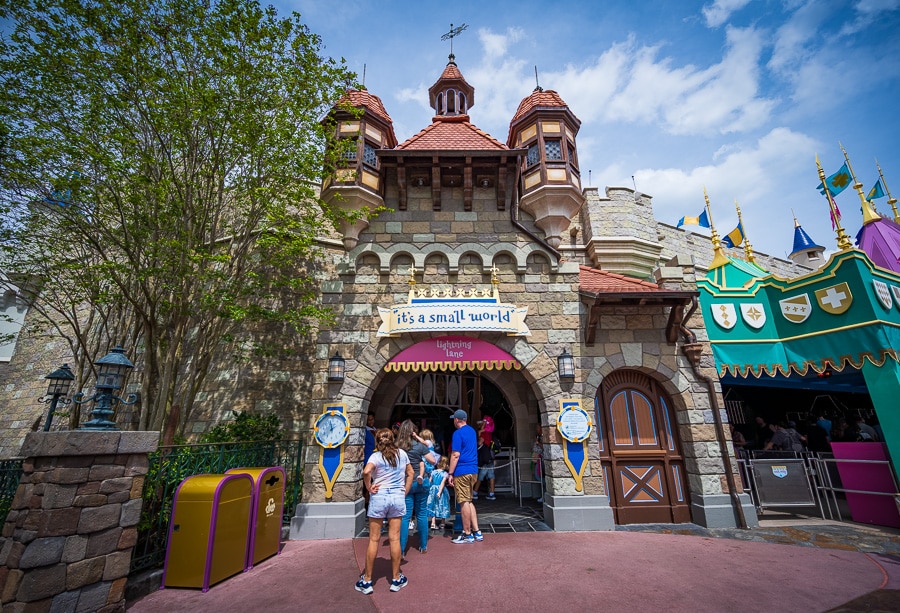

Turning to the changes, the first thing we have is the first official details about the Attraction Queue Re-Entry process. Many guests applying for DAS who don’t qualify have been directed to use this as an alternative. The official Walt Disney World website has been updated with the details on how Attraction Queue Re-Entry will work:
There may be times when a Guest must briefly step out of the standby line and then rejoin their party in the line. Every location has a defined process to support this option based on a person’s disability while the rest of the party remains in line.
How to Use Queue Re-entry
Speak to a Cast member at the location for directions on how to re-enter the queue.
- A Cast Member will provide details about how to exit the queue and how to navigate back to your party.
- While the Guest who must leave the line is briefly away, the rest of the party will remain in line.
- The Guest reunites with their party to ride the attraction.
Note: Guests must meet boarding requirements to ride.
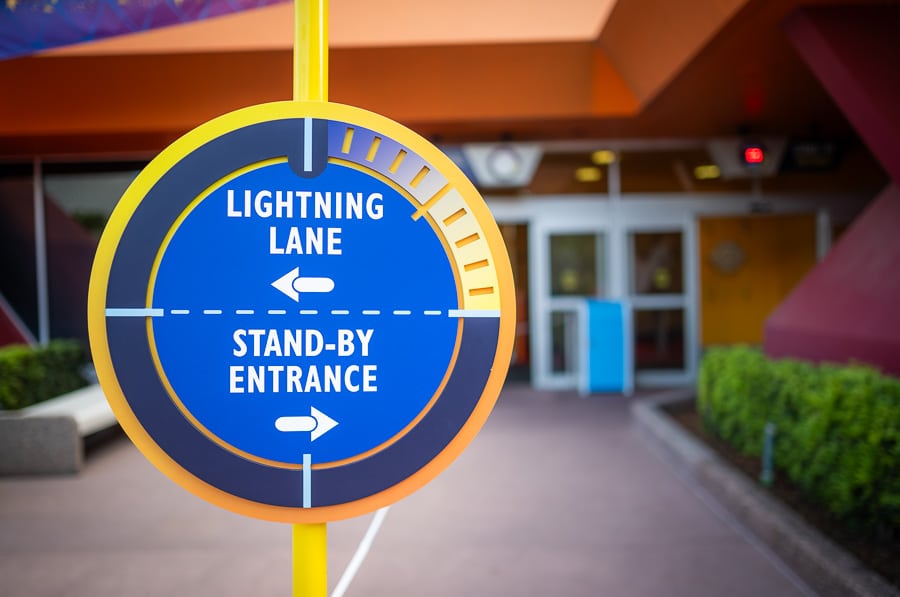

The Attraction Queue Re-Entry feature was one that was anxiously awaited by many Walt Disney World fans, us included. In our DAS at Walt Disney World FAQ, we wrote this about the new offering: “It’s unclear whether this will be a digital system, a physical flip card or something of that sort, involve better Cast Member training and guest communications or what.
It’s possible that Walt Disney World hasn’t even fully figured out the mechanics of how the ‘return to queue’ process will work, or aren’t ready to discuss it for whatever reason. This was the first I had even heard of this being in the pipeline, whereas a DAS overhaul has been in development for a while. I’d be surprised if it’s digital or is anything all that elaborate, but could be wrong.”
Honestly, it seems like Walt Disney World still hasn’t fully figured out what the Attraction Queue Re-Entry feature will be. I’m not sure it should even be called a feature or whether capitalizing it as a term or proper name is even appropriate. It’s my understanding that Disney actually does have a defined process for this and Cast Members have the ability, at least in theory, to implement it at queue entrances and Lightning Lane returns, but I haven’t heard any stories of it working as intended. As it’s presently being conveyed to guests and utilized, Attraction Queue Re-Entry and Return-to-Queue (which I’m told are two separate things) strike me as half-baked.
![]()
![]()
Although a lot of guests are being directed to this return-to-queue option, it doesn’t sound any different in practice than how leaving lines and rejoining them as always worked. From everything I’ve read, it’s still a ‘fend for yourself’ type deal. The defined process part of the equation, to the extent it’s even being implemented, is not being clearly communicated to guests…which is perhaps the biggest part of the problem.
Granted, I’m coming at this from the outside looking in. I can also understand Disney’s basis for being vague about certain policies, as too much specificity could open the door on abuse of those as influencers, social media groups, and other bad actors hashed out how to exploit them. In a matter of months, we’d be right back in the same spot as DAS was with abuse.
However, I’d also assume that a big issue with leaving lines and rejoining them is a matter of ‘guest glares’ (for lack of a better term). Those with invisible disabilities needing to exit and re-enter the queue are at the mercy of other guests being amenable to people passing them–going in the “wrong” direction to leave and then “cutting” them to rejoin the queue.
![]()
![]()
There’s no perfect solution, only compromises. Nevertheless, it seems like the Attraction Queue Re-Entry process needs to be a clearly-communicated, transparent, and (ideally) visible. As simplistic as it might sound, think of something like a hall pass from your grade school days. I’m not saying that Disney needs to hand out keys tied to obnoxiously oversized rulers…but what’s happening with this alternative accommodation thus far clearly isn’t working.
“Attraction Queue Re-Entry” needs to be something that is consistent across the board, average guests know exists, and they can see being used so they don’t think others are trying to cheat the system or cut in front of them. Look, I’m on record repeatedly saying that we all should err on the side of courtesy and not judge others–that disabled guests would trade places with you in a second and stand in long lines if it meant not being disabled. And I stand by that.
But the thing is, the overwhelming majority are not reading this blog, and the people that most need to read admonishments like that aren’t doing so. In other words, I’m also a realist. If the “Attraction Queue Re-Entry” feature/process/whatever is not done in such a way that other guests know about it and how it works, it’s going to lead to more disdain towards the disabled. One of the big goals of this overhaul, in my opinion, should be to reduce that–not exacerbate it.
With all of that said, it’s still early. I’ve heard some things suggesting that the return-to-queue process could work well as an alternative to issuing DAS. But in practice, what I’ve read from firsthand accounts of guests is that the Attraction Queue Re-Entry feature is being used as a basis for denying DAS and then the process itself in the parks is unclear and has not gone smoothly.
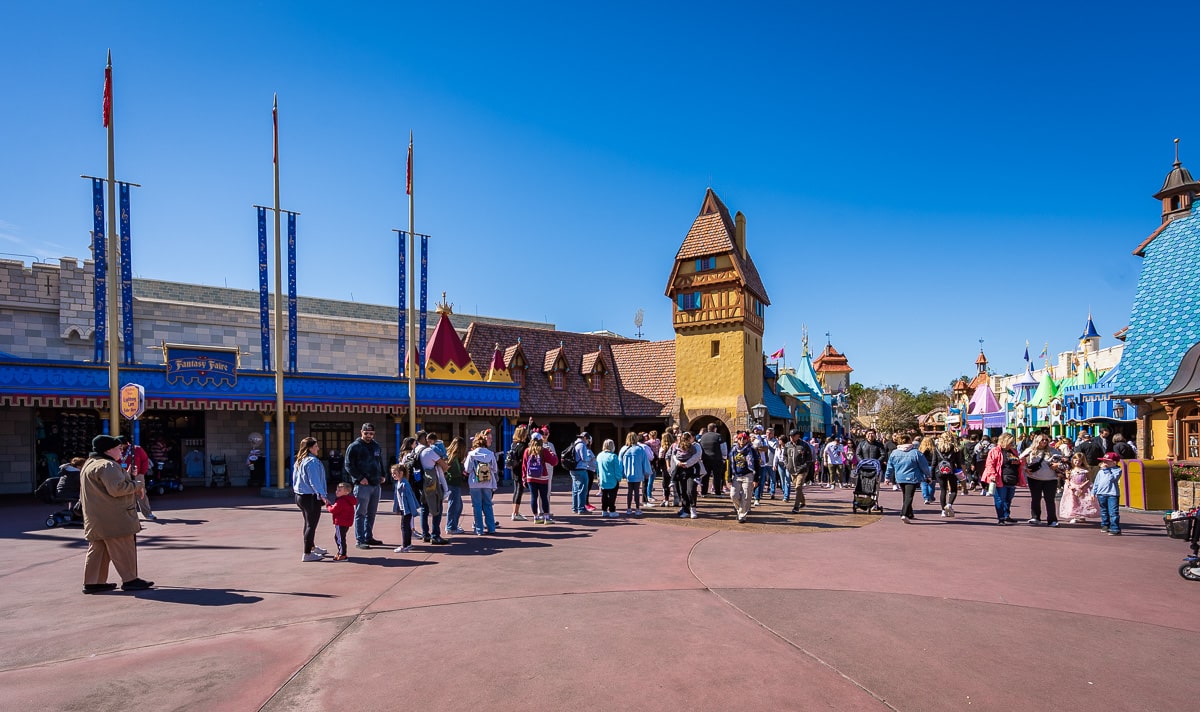

All of this brings us to the reports of DAS denials, which have been fairly widespread in the last week.
Then I’ve read a lot of other reports of denials that, in all honesty, strike me as ordinary given the announcement and other policies and protocol that Walt Disney World has in place. This is fairly unsurprising, as the process for evaluating DAS requests in the past was not very rigorous–it was more or less a rubber stamping once certain words were said.
This was by design, especially in-park where Guest Relations Cast Members were given the unenviable task of evaluating DAS requests. It was better for them to err on the side of asking too little and issuing DAS too often, both as a matter of law and the Four Keys. (They are not medical or legal professionals, so a liberal approval process was the savvy move for Disney to avoid run afoul of public health and administrative law.)
As a result, DAS was issued to legitimately disabled guests in many scenarios where other accommodations were available. These guests were not abusers (we dubbed them “unwitting misusers” in our previous post about DAS) as their requests were genuine, and they were simply following established procedure. If reevaluated once the new policies take effect, many of them would not receive DAS. That was to be expected, with the anticipated outcome being fewer issuances of DAS.
So some of the stories we’ve read are fairly routine. Denials we’d expect flowing from Walt Disney World’s own stated policies. They make sense given that. That’s all I’m going to say about some such denials, following my own advice about being judgmental towards the disabled. Even if Walt Disney World is technically just tightening up its own process, I’m sure that’s of little solace to those disabled guests who “unwittingly misused” DAS and for whom, as a practical matter, it made the parks so much easier to experience. No sense rubbing salt in the wound.


With that said, we’ve also read reports that are heartbreaking.
I don’t purport to be an expert on this, but some of the guests who have been denied strike me as exactly who the system was designed to accommodate. True, “if not them, then who?” scenarios.
Some of these have been heartbreaking–parents with upcoming trips who are scrambling to figure out how to navigate the parks, or if they even can, given their kids’ conditions. Others who bought into Disney Vacation Club specifically because Walt Disney World was the one vacation destination they could do as a family and feel “normal” for a brief time. Reports that humanize the changes, and put a fine point on the “collateral damage” of a system that absolutely needed overhauling.
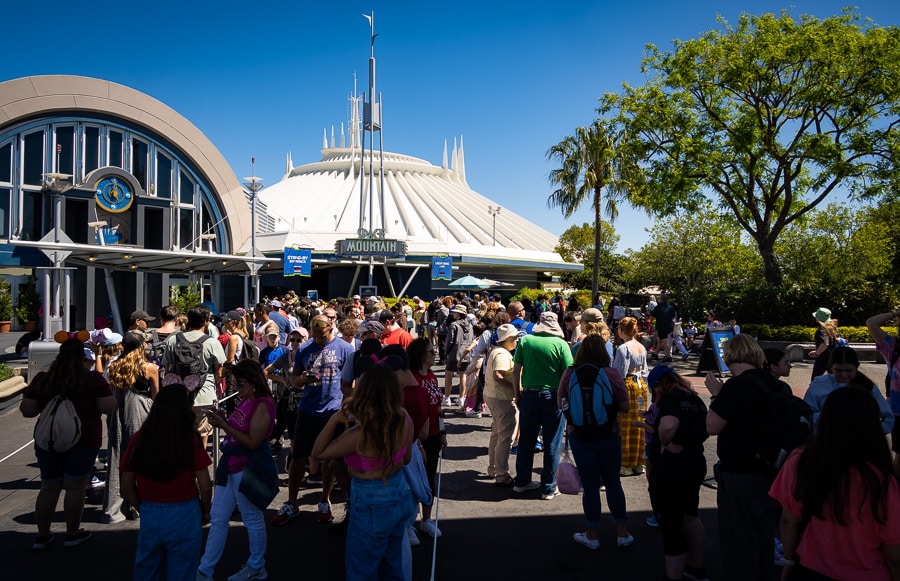

One problem with the internet is that it’s impossible to assess not only the veracity of the anecdotes, but proportionality. I have no reason to doubt some of the sad stories I read, but I have no clue what percentage of guests are encountering issues. (To be clear, no one should have negative experiences with Walt Disney World–exemplary guest service is kinda of the whole point. But it does happen from time to time, and there’s no sense in pretending otherwise, even if the overwhelming majority of experiences are great.)
While it shouldn’t be happening to anyone, it does make a difference if 82% of ostensibly valid DAS applicants are being denied, versus 2.8%. And if you were simply reading horror stories on social media, you’d be inclined to assume the number is closer to the former as opposed to the latter. I’m not suggesting either number is accurate–my suspicion is that it’s a double-digits number somewhere between the two. Just that it’s worth remembering that there’s more of an incentive and tendency to voice frustrations and complaints than there is to share ordinary or uneventful experiences.
With that in mind and wanting to hear more firsthand reports, we asked members of our Facebook group: Does anyone have firsthand accounts they’d be willing to share of being approved or denied?”
The first bit of good news is that we received 250+ replies. The bad news is that many of these weren’t answering the question at all, but went on random rants about about DAS, abuse, Disney’s greed (the usual suspects–paid FastPass makes an understandable and obvious appearance…plus cameos by the end of Disney’s Magical Express and free MagicBands), or how Universal does things better. The second bit of good news is that the majority of responses shared that their family members or friends were approved.
In fact, most of the replies were so unremarkable that I almost didn’t write this article. From what I could ascertain, the general trend seemed to be that the process was more thorough than before and required more specific explanations of how guests couldn’t wait in a queue, along with why alternative accommodations wouldn’t work.
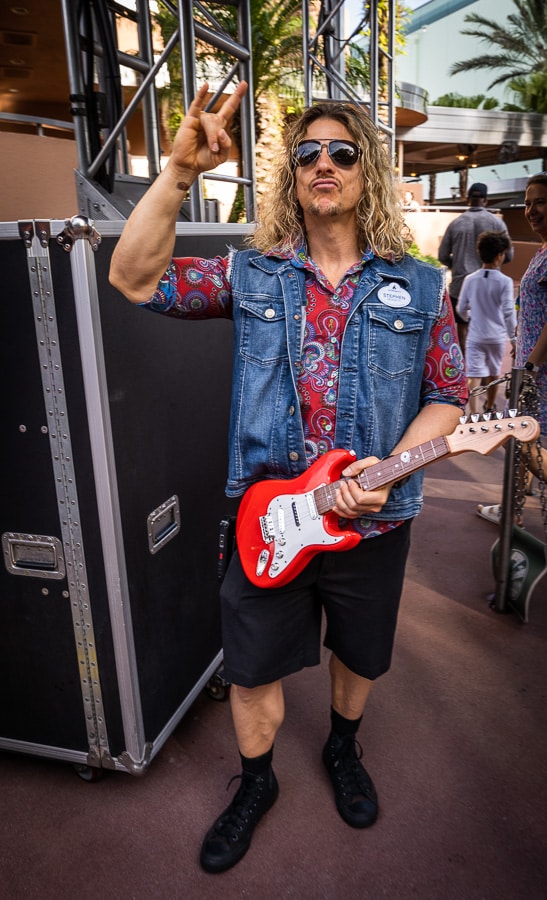

Several had praise for Cast Members, with one reader saying they were “wonderfully kind, empathetic and helpful.” Others praised the process, calling it “simple” once it was clear to Cast Members that they couldn’t wait in a traditional standby line. Another offered this explanation: “The registration process was very similar to what we did 2 years ago for our Disney vacation. The cast member was courteous and we didn’t have to wait on hold very long (only 10 minutes or so), which was a welcome change to the extremely long wait times on hold for previous trips. We were approved per Disney guidelines.”
Another reported being “approved but advised to utilize the return to line or rider swap if possible before using the DAS.” From what I gathered on social media, this type of ‘conditional approval’ seems to be happening from time to time. Elsewhere, I read reports of solo travelers being approved for DAS as a party of one only, but required to use the “Attraction Queue Re-Entry” feature/process/whatever if visiting with others.
With that said, there were a few readers who did report denials. One with epilepsy who always previously had DAS reported being denied. One shared that her husband was advised that he would have been advised based on one of his health conditions, if that were his only basis for the request (which was not the case previously), but was approved pursuant to the guidelines based on another diagnosis.
Another with GRIN2A-related disorders who had DAS in the past was denied, sharing the following: “I actually teared up on the call not over the outright denial but over what the other ‘accommodations’ are. The CM could not tell me how anything would work, other than that I would have to likely share his disability over and over to cast members at each ride and they might possibly be able to help, again not known. I do not want to talk in front of my child about his disability every time he wants to ride something, that’s not fair to him. We are out of state APs and Disney has always been wonderful about inclusion. We likely will not be able to renew. And yes I did attempt to contact Disability Services for feedback or simply to try to understand the situation better, but I received a standard reply.”


Honestly, I’m not sure what to make of all this. I posed the question on Facebook because of the horror stories I had read, wanting to get responses from what I presume to be a more representative group. I also assumed that actively soliciting feedback would yield more balanced results. Finally, I figured that waiting until several days had passed after the new DAS system launched meant that things would be going smoother than rollout day. All of that might be correct–or it might be incorrect. Admittedly, this was still a really small sample size in the grand scheme of things.
Nevertheless, my take is that the worst outcomes are receiving a disproportionate amount of attention, while the routine approvals are less discussed. That’s perfectly understandable–those being approved don’t have as much reason to post unsolicited feedback online, especially given that it could function as a playbook for scammers. Conversely, there’s (also understandably) a lot of fear among those who depend on DAS. So denials getting the bulk of the attention makes perfect sense.
I don’t want this to be perceived as flippant, suggesting that everything is going swimmingly with the new-look DAS process or downplaying the denials. Even if the early reports are unrepresentative, they’re still concerning. It’s probably of little solace to those who believe they were denied erroneously or felt interrogated by the Inspire health professionals to learn that they were anomalies. (I’m not even saying they are anomalies–it’s impossible to know what the denial rate is now versus pre-changes!) Even as someone who thought a DAS overhaul was necessary to curb abuse, I want to see it accomplished as fairly, consistently and compassionately as possible.
The final note I’ll end this on pertains those who feel they were given an abrupt and unfair denial after a cursory conversation with a Cast Member. I’ve encountered more than a few fans who had this type of exchange early on with the new DAS process, and are reticent to contact Walt Disney World again because they don’t want to be perceived as trying to game the system and have their file flagged, etc. I do think that’s a fair concern, and one I would also have. However, some of those interviews struck me as incomplete and uncharacteristic of Disney.
While I cannot speak to an official “best practice,” I do know that if I were in the shoes of those individuals, I would contact Disney again and be transparent about how the process played out previously. Explain how it was not as thorough as expected, bases for the accommodations request, and provide all pertinent details that can help. Obviously, be polite but explain how the previous interaction left a bad taste in your mouth, so you wanted to reach out again to see if it had gone accordingly to Walt Disney World’s established protocol. You very well may still end up with a denial, but at least you’ll know it was by the books and not just getting unlucky with a specific health professional wanting to get through their caseload as quickly as possible.
Planning a Walt Disney World trip? Learn about hotels on our Walt Disney World Hotels Reviews page. For where to eat, read our Walt Disney World Restaurant Reviews. To save money on tickets or determine which type to buy, read our Tips for Saving Money on Walt Disney World Tickets post. Our What to Pack for Disney Trips post takes a unique look at clever items to take. For what to do and when to do it, our Walt Disney World Ride Guides will help. For comprehensive advice, the best place to start is our Walt Disney World Trip Planning Guide for everything you need to know!
YOUR THOUGHTS
Anyone have firsthand accounts they’d be willing to share of being approved or denied? (Please be light on details if you were approved. I don’t want to inadvertently turn this into a potential playbook for abusers on what ‘magic words’ to say.) Any firsthand experiences being advised to use the Attraction Queue Re-Entry or Return-to-Queue features? Anyone actually use these options yet? Please try to stay on topic–we’ve noticed some of these DAS comments sections get heated and personal. Discuss the policy itself, not others’ use (or lack thereof) of it.












